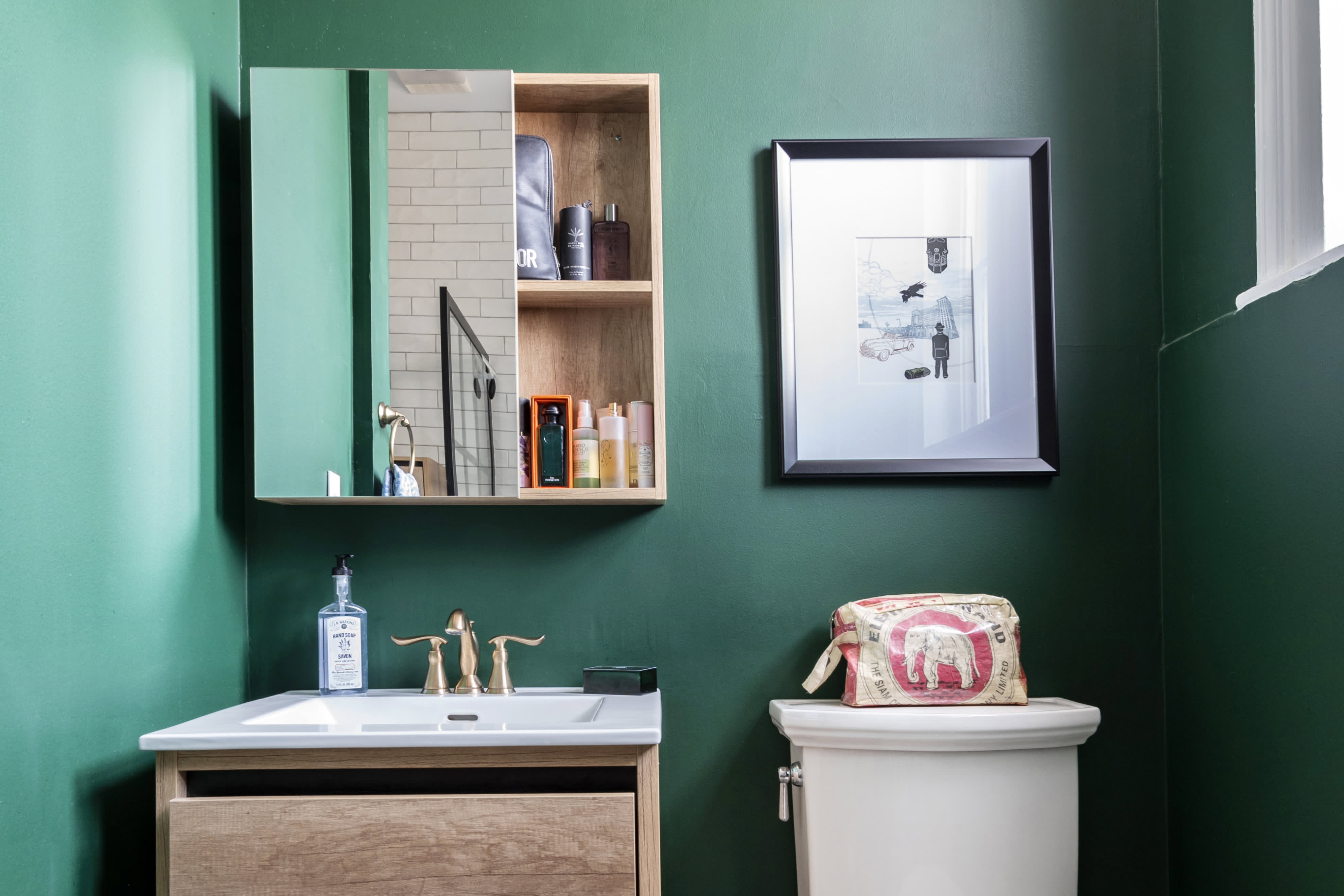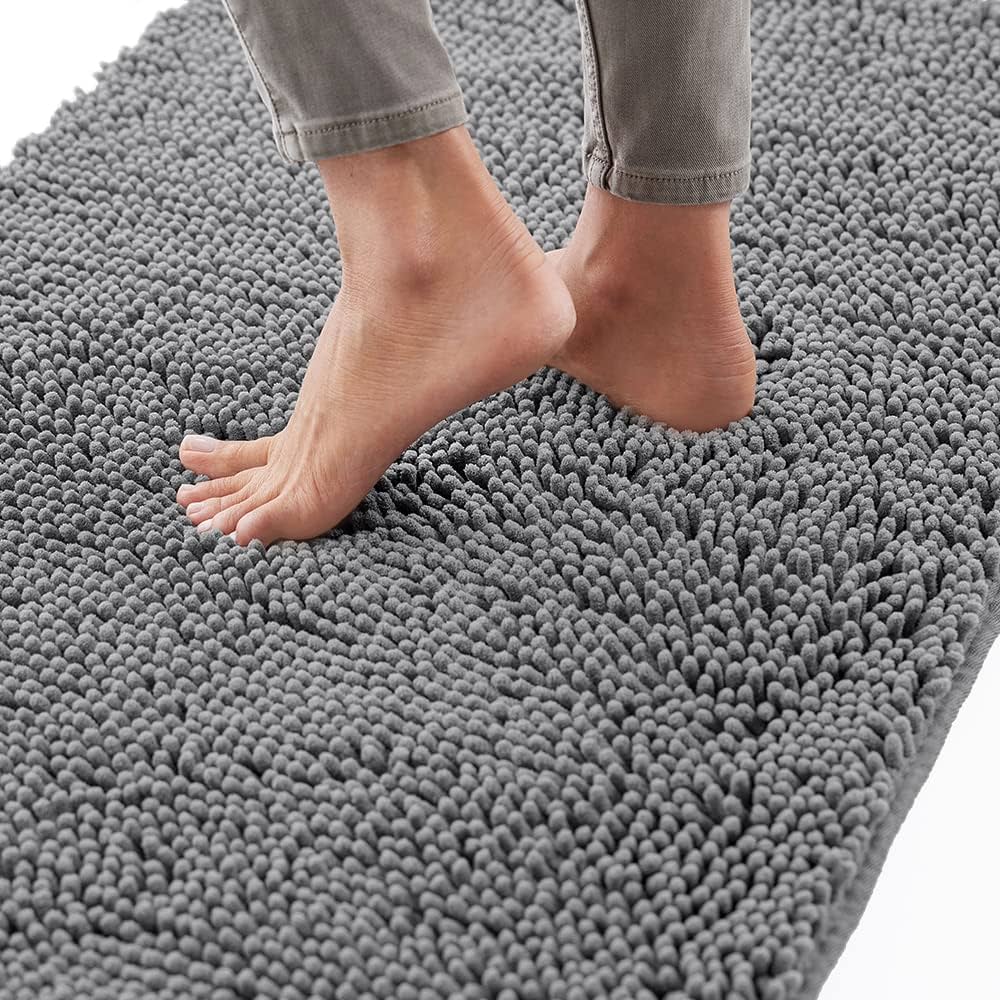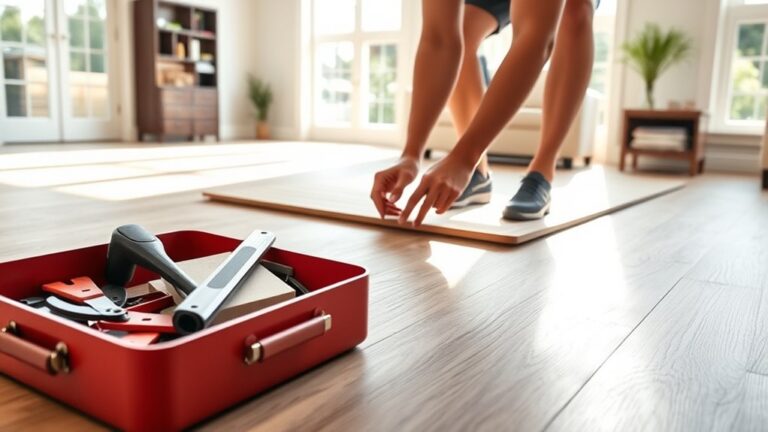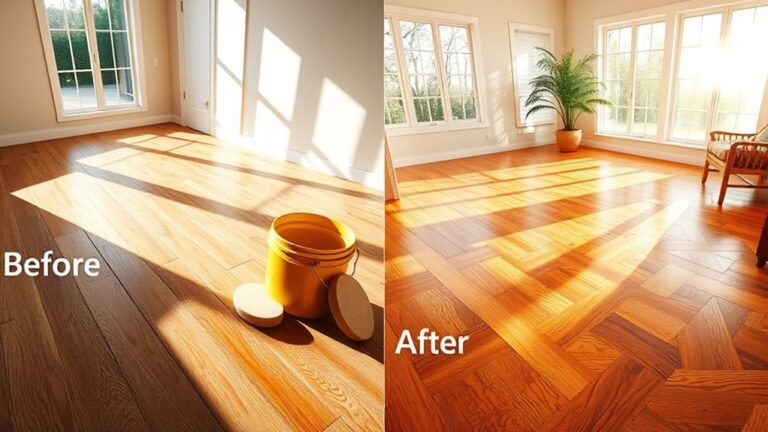To fix a soft spot in a bathroom floor, you’ll need to locate the cause of the issue and replace the damaged flooring accordingly. A soft spot in the bathroom floor can be not only unsightly but also a potential hazard.
Whether it’s caused by water damage, rotting, or structural issues, addressing the problem promptly is crucial. In this guide, we’ll provide you with simple and effective solutions to fix a soft spot in your bathroom floor. By following these steps, you’ll be able to restore the stability and safety of your flooring, ensuring a long-lasting and reliable foundation for your bathroom.
So let’s dive in and learn how to tackle this problem head-on.
Identifying The Soft Spot
Identifying a soft spot in the bathroom floor early on is crucial in preventing further damage and potential hazards. Pay close attention to the following signs and symptoms:
- Uneven or sagging flooring: Walk across the bathroom floor and keep an eye out for any areas that feel soft or sink beneath your weight.
- Visible water damage: Inspect the bathroom for any discoloration, stains, or water pooling near the suspected soft spot.
- Bouncing or squeaking: Notice if the floor bounces or squeaks when you step on certain areas, indicating weakened subflooring.
- Cracked tiles or grout: Examine the tiles and grout lines for any visible cracks, as they can result from the movement caused by a soft spot beneath.
- Rotting or moldy smell: A musty odor in the bathroom can be a potential sign of water intrusion and rotting subflooring.
If you observe any of these signs, it’s essential to address the issue promptly to prevent further damage. Ignoring a soft spot can lead to structural problems and increase the risk of accidents in the bathroom. Make sure to consult a professional for a thorough inspection and appropriate repairs.

Preparing For The Fix
The first step in fixing a soft spot in your bathroom floor is gathering the necessary tools and materials. Before you can begin the repair process, you will need the following:
| Tools | Materials |
|---|---|
| Hammer | Plywood |
| Wood chisel | Construction adhesive |
| Screwdriver | Nails |
| Saw | Leveling compound |
| Tape measure | Wood putty |
| Protective gloves | Sanding block |
Once you have gathered all the necessary tools and materials, you can move on to the next steps in fixing your soft spot in the bathroom floor.
Fixing The Soft Spot
Fixing a soft spot in the bathroom floor can be a straightforward process if you follow the right steps. One option for fixing the soft spot is reinforcing the floor from above. Start by clearing the area and removing any furniture or fixtures. Assess the damage by inspecting the subfloor and determining the extent of the soft spot. Strengthen the subfloor by adding support beams or additional plywood. Finally, replace the damaged flooring with new materials to ensure a strong and stable floor surface.
Another option is to repair the soft spot from below. In this case, access the subfloor by removing any ceiling tiles or accessing it through a crawlspace. Reinforce or replace the subfloor using support beams or additional plywood to address the soft spot. Afterward, reinstall or repair the floor, ensuring it is securely attached to the reinforced subfloor.
If the soft spot is extensive or you prefer professional assistance, hiring a professional is another option. They have the expertise and tools to accurately assess and fix the soft spot in your bathroom floor. Remember to consult multiple professionals and request detailed quotes before making a decision.
Preventing Future Soft Spots
Routine maintenance is essential for preventing soft spots from appearing in your bathroom floor. By following these simple tips, you can ensure the longevity of your flooring:
- Regular Cleaning: Keep your bathroom floor clean and free from excessive moisture. Regularly sweep or vacuum to remove dirt and debris that can cause damage over time.
- Watch Your Water: Be cautious when using excessive amounts of water in the bathroom, especially around the sink, toilet, and shower. Wipe up any spills or splashes immediately to prevent water from seeping into the floor.
- Inspect for Leaks: Check regularly for any leaks in your bathroom fixtures such as faucets, pipes, and toilet. Even minor leaks can lead to significant water damage if left untreated.
- Avoid Harsh Chemicals: When cleaning your bathroom floor, use mild, non-abrasive cleaners to avoid damaging the flooring material.
- Proper Ventilation: Ensure your bathroom has adequate ventilation to reduce moisture levels. Use exhaust fans or open windows during and after showers to allow moisture to escape.
- Seal Grout Lines: If your bathroom floor has grout lines, regularly inspect and seal them to prevent water from seeping through and causing damage.
By incorporating these routine maintenance tips into your bathroom care routine, you can prevent future soft spots and extend the lifespan of your flooring.
Frequently Asked Questions For How To Fix Soft Spot In Bathroom Floor
How Do You Fix Soft Spots On The Floor?
To fix soft spots on the floor, locate the affected area and remove any flooring or carpeting. Then, insert wooden shims or screws into the subfloor to provide support. Once the floor feels sturdy, replace the flooring or carpeting.
Why Is My Bathroom Floor Spongy?
The bathroom floor may feel spongy due to water damage, rot or decay in the subfloor or underlying structure. Seek professional help to identify the source of the problem and make necessary repairs to prevent further damage.
How Do You Fix A Spongy Subfloor?
To fix a spongy subfloor, you need to identify the cause. Check for any loose or damaged subflooring and fix or replace it. Strengthen the subfloor by adding additional support beams or bridging. Finally, install a new layer of subflooring or reinforce the existing one.
Why Does My Floor Feel Spongy When I Walk On It?
A spongy floor can be caused by weakened or damaged subflooring. It may also be due to water damage, rot, or inadequate support beams. It’s important to investigate the underlying issue and fix it to prevent further damage. Consider consulting a professional for an accurate assessment and appropriate repairs.
Conclusion
Fixing a soft spot in your bathroom floor is essential to prevent further damage and ensure a safe environment. By using the right tools and following proper steps, you can easily address this issue. Whether you choose to repair or replace the flooring, the key is to identify the underlying cause and take necessary actions accordingly.
Don’t let a soft spot in your bathroom floor become a major problem – tackle it head-on and enjoy a sturdy, functional and inviting space.




